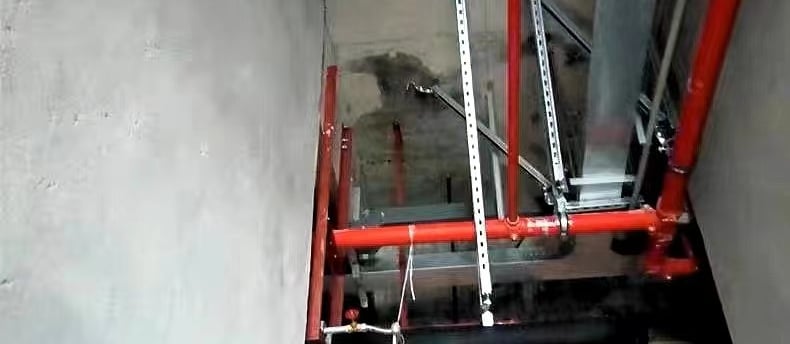Understanding Seismic Support for Electrical Installations
Explore the essential guidelines for seismic support in electrical installations, focusing on cable trays and their critical role in ensuring system safety during earthquakes. Learn about key spaci...
9/29/20242 min read


Understanding Seismic Support for Electrical Installations
In the realm of electrical installations, ensuring the safety and integrity of systems during seismic events is paramount. This necessity is particularly true for cable trays, which play a critical role in managing electrical wiring and equipment. Adhering to seismic support requirements is essential to enhance the reliability of electrical systems. This guide delineates the fundamental parameters required for establishing an effective electrical seismic support scheme.
Key Spacing Requirements for Seismic Supports
The maximum design spacing for seismic supports significantly influences the overall performance during an earthquake. For rigid cable trays, it is established that the seismic supports should be spaced no more than 12 meters apart. Additionally, longitudinal seismic supports should not exceed a spacing of 24 meters. It is imperative to note that these dimensions are considerably reduced for flexible cable trays, where the maximum spacings are halved. This specification ensures that cable trays are adequately supported throughout their length, thereby minimizing potential damage during seismic activity.
Placement of Lateral Seismic Supports
Lateral seismic supports are crucial components for stabilizing cable trays, particularly at their extremities. As per the requirements, lateral supports must be positioned at both ends of the cable tray. Furthermore, if the spacing between seismic supports exceeds the established maximum limits, additional supports must be installed at midpoints. It is also a vital requirement that lateral supports are situated within 0.6 meters of any turning points in horizontal pipelines. This strategic placement ensures enhanced stability and protection against seismic forces.
The Importance of Gate-Type Seismic Braces
Implementing a gate-type seismic brace forms an integral part of enhancing the support mechanism. These braces must incorporate at least one lateral support or two longitudinal supports to be deemed structurally sound. This configuration allows for better distribution of seismic loads during an earthquake, significantly mitigating the risk of failure. The actual spacing requirements and configurations adhere to engineering principles, ensuring that all installations are compliant with recognized standards.
In conclusion, the specified requirements for an electrical seismic support scheme are critical for maintaining system integrity in the event of an earthquake. By understanding and implementing the maximum design spacing for rigid and flexible cable trays, accurately placing lateral supports, and utilizing gate-type seismic braces, the resilience of electrical installations can be substantially enhanced. These guidelines serve as a blueprint for engineers and contractors in designing safe and effective electrical systems in seismically active regions.
Songyin Kunshen
上海松隐坤申贸易有限公司
Advancing support bracket management technologies for a sustainable future.
Contact
86 021 5738 0557
86 199 2112 0262
© 2024. All rights reserved.


